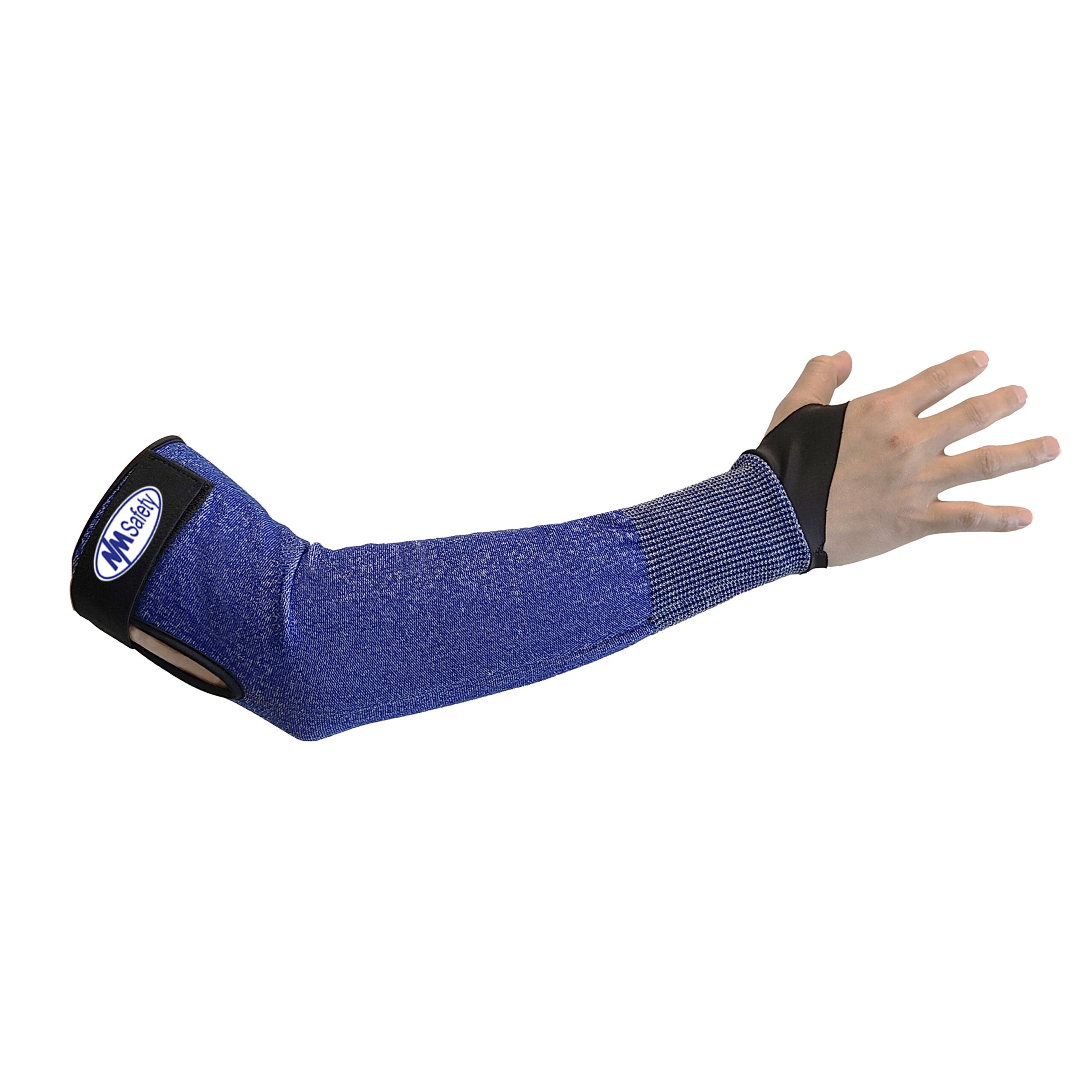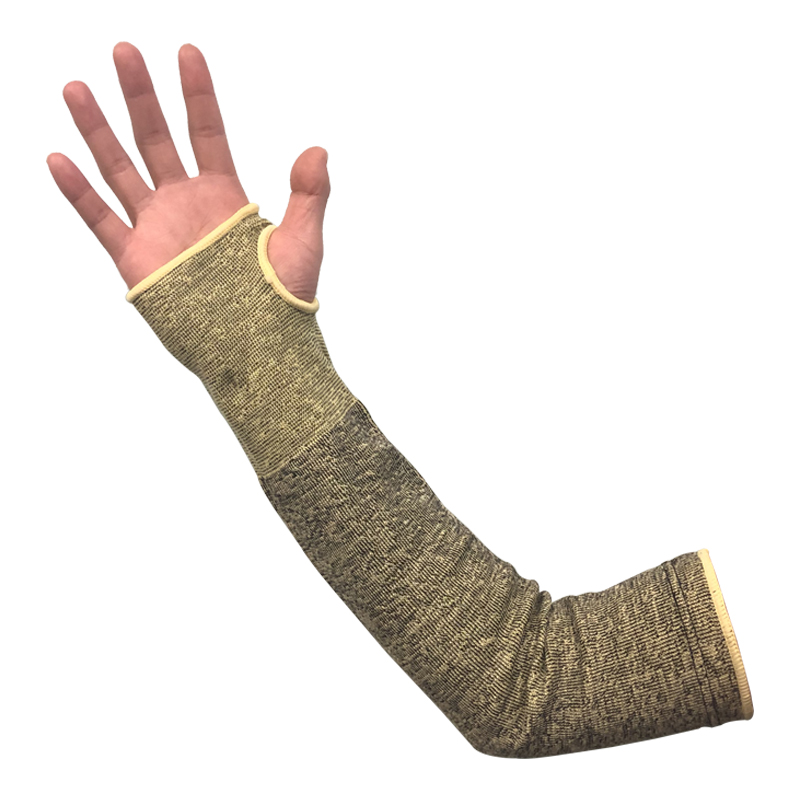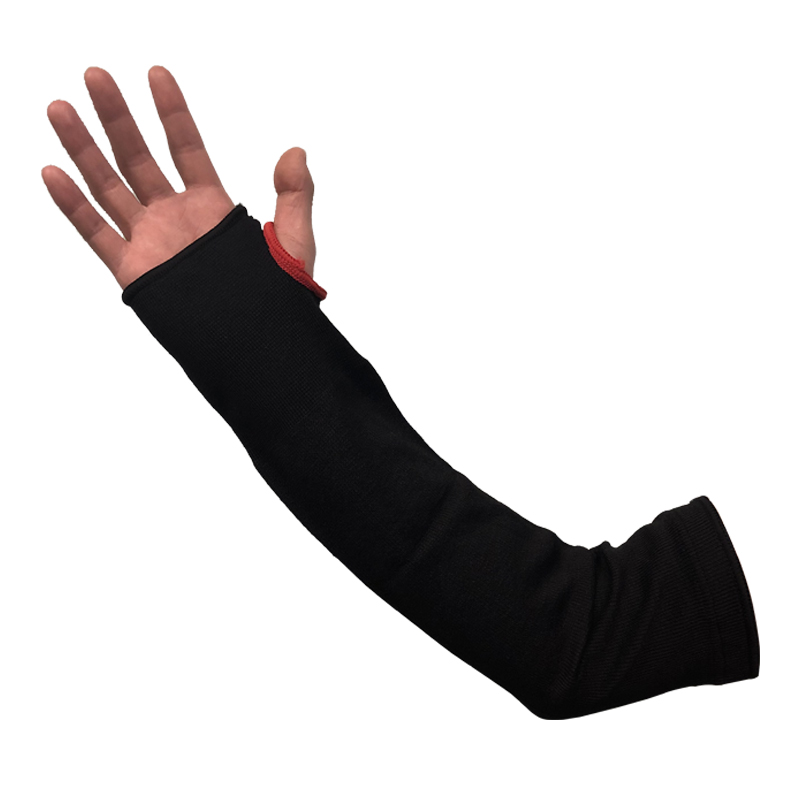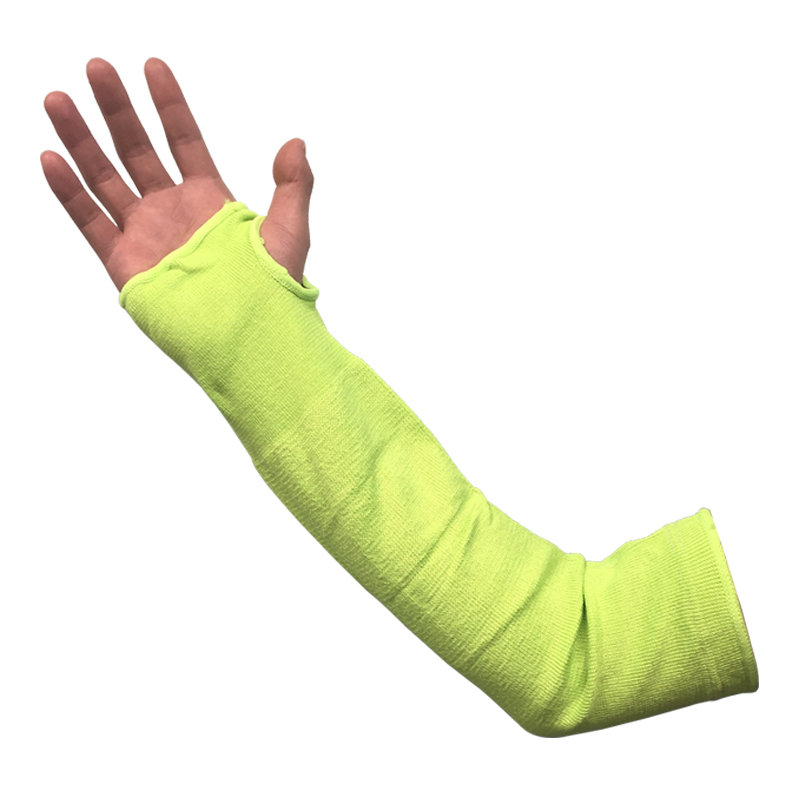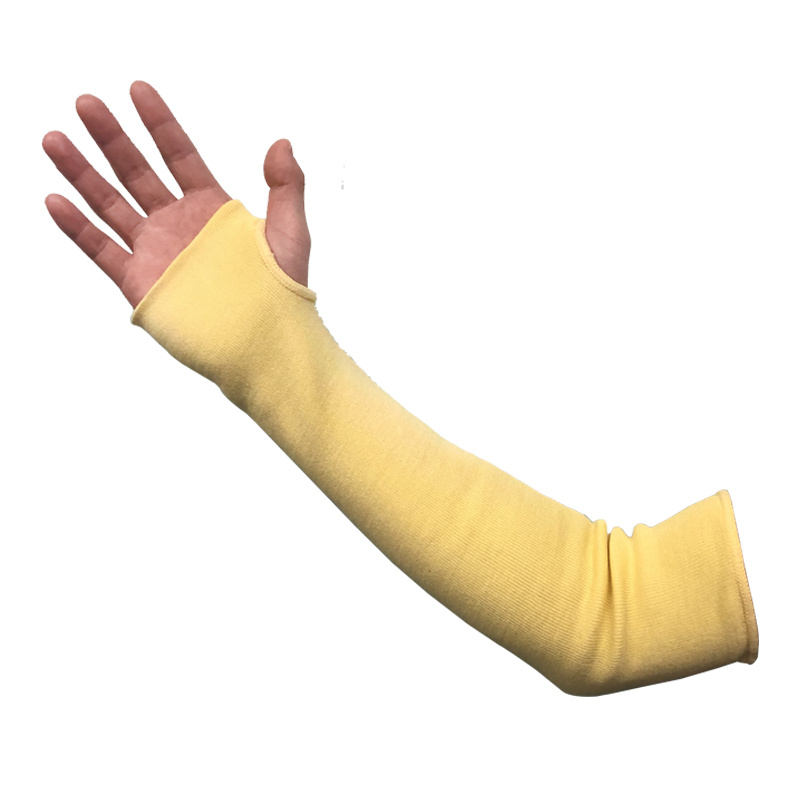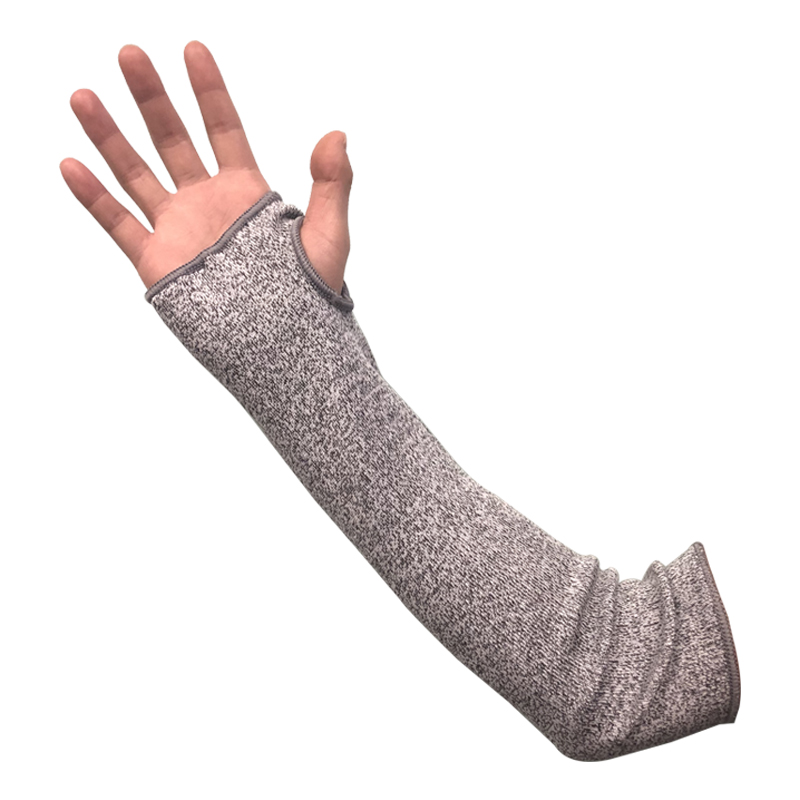Cut Resistant Sleeves
Category
Industry
lf you can't find the product you need, please Email Us and we are happy to help.
Cut-Resistant Sleeves:
Cut-resistant sleeves are the armguards that provide additional cut protection while also providing exceptional comfort and fit. Our most popular ANSI level 3, 4, 5, 6, and 8 cut-resistant sleeves and armguards are made with a variety of fibers made from composite yarns made of stainless steel, fiberglass, and other high-performance materials. Sleeves and armguards provide increased ANSI Cut Level protection, exceptional comfort, and wearability, and come in a variety of sleeve lengths and thumbhole setups. Ideal for use in air conditioning manufacturing, assembly lines, cut protection, food service, glass handling, knife handling, light heat protection, warehousing, and gardening.
The Vital Role Of Donning Cut-Resistance Sleeves:
Wearing cut-resistance sleeves protects you from cuts. As the name implies, the main benefit of wearing Anti-Cut Sleeves is that they protect you from serious cuts and abrasions. When you don't have the proper protective equipment, it's not a good idea to expose your arms to any threats.
You're simply thinking if a cut-resistant sleeve is right for you, or not - but, and which level?
If your work entails you wearing cut-resistant sleeves, you will most benefit a lot from boosting your coverage skyward. Workers who have to consistently assign tasks with harmful material or confined space work, — especially in building projects, destruction, automotive, glass handling, and fabrication are constantly at risk of cuts, nicks, and scratches. The level of protection you demand will be determined largely by your particular setting. If your daily bases tasks are varied, the ANSI cut-level A4 sleeve is a great pick, protecting you from high-risk situations.
What cut-level is?
Testing and evaluation with a TDM Technique, which moves a cutter throughout the material, the cut-rebellion varies from 0 to 6,000 g. The greater the cut-resistance rating, the greater the mass required to cut the items. A higher rating provides better protection and cut protection to the wearer.
Which Level Is Most Appropriate for You?
If you are the one who requires the best performance in terms of cut protection, then get a cut resistance level of A5 or higher (ANSI) and/or E to F (EN 388).
It works at its best in different types of tasks. Some of them are as follows:
- Digging
- Steelworkers
- Large-scale construction
- Something which puts you at risk of cuts and severe bruising.
- Mining
Why do we need to wear cut-resistant sleeves?
If job tasks include interaction with sharp tools or raw material, you should consider wearing Cut-Resistant Sleeves. Rather than hand protection, wrist protection is also crucial for advanced and safety-conscious employees. You need a demonstrated shield to prevent your wrist from metal edges, razors, blades, and so on, directly contacting and lacerating your wrist.
Cut-Resistance Sleeves Having A3 And A5 (ANSI) Or C To E (En 388):
If you need cut Resistant sleeves with good cut resistance but also a significant amount of agility, look for this cut-level protection. Such sleeves are ideal for use in different types of tasks, a few of them are given below:
- Power generation
- Plants for recycling
- Yards of salvage
- Work on home renovations
- Yards of salvage
- Many More
Styles Of Cut-Resistant Sleeves:
Defensive sleeves are available in a variety of designs. Some only cover the forearm (from the wrist to the elbow), while others cover the entire arm, from the wrist to the armpits, and almost to the shoulder. Cuffs can be knitted or stretchy. Some of them have Hook - and - loop closures. They may also have a thumb hole to keep the Anti-Cut Sleeve in place and prevent it from riding up the arm when the wearer is lifting or reaching up.
Materials That Make Cut-Resistant Sleeves Irritating Or Comfy:
Many protective cut-resistant sleeves have been made by using fiberglass or steel fibers, which can be stiff, hot, and unpleasant to the skin, to attain maximum levels of cut resistance. If it doesn't look satisfactory, it will not get worn, trying to put, may lead skin to a greater risk of harm. Luckily, comfortable cut-resistance sleeves are not paradoxical. Cut-Resistance Sleeves are made from many different materials, here are two materials from them, and these are as follows:
- Kevlar:
Kevlar provides a diverse range of cut-resistant sleeves in a range of sizes and extents. Sleeves made of Kevlar fibers aid in the avoidance of cuts and slashes. Kevlar is naturally heat-resistant and can endure temperatures as high as 900° F (400° C) without diminishing. For the glass and steel industries, Kevlar sleeves are an excellent choice for arm protection.
- Dyneema:
Dyneema is a cool material are ensure you get the best arm protection! The cool-to-touch feature of Dyneema is one of its most remarkable features. The innate ability of Dyneema fibers to disperse body heat and pass water content from the inside of the sleeve to the outside results in a longer wear time comprehensive use, which seeks to promote adequate protection.
Benefits Of Using Cut-Resistant Sleeves:
- Advanced Arm Coverage:
The first thing you must determine is whether or not your employees should wear arm sleeves at all. If their job requires them to be protected from liquids and other hazards, the answer is yes. Because extended cuffs do not cover as much of the arm as a sleeve does, you should use breathable arm sleeves.
- Coreless Cut Protection:
Coreless cut protection employs non-irritating strength-enhancing microparticles to achieve greater cut protection without the discomfort associated with fiberglass or steel. This produces extreme comfort that is cool to the touch and 20% lighter than traditional HPPE of the same cut level.
- Prevention from skin burns:
If you are working near welding spatters or fires, kevlar sleeves and arm protection can prevent burns and skin injuries. Sometimes people neglect the importance of wearing arm sleeves, which is a negative thing.
Everyone must-have comfortable and dependable arm sleeves that cover as much of the wearer's arms, as they can.
Conclusion
Sharp materials such as a blade, trapezoid scraper, glass, tile, and so on can lead to injuries which can be avoided with the use of the arm sleeve protector. It's extremely tough, cut, static, and cut-proof, comfortable to wear, and machine washable. It can be used to protect your hands when working with glass, metal sheets, mining, food cutting, and other tasks. We also recommend that you purchase anti-cut sleeves from NMSafety to work with it, which will provide you with greater protection.
REQUEST A QUERY

